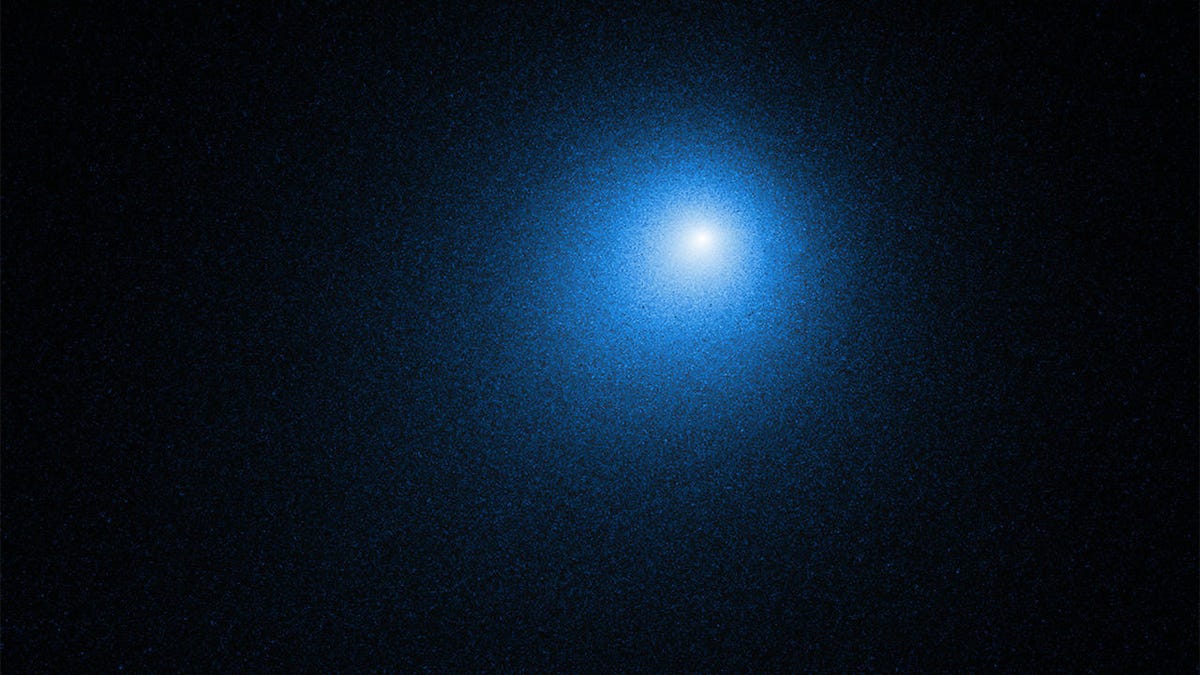NASA telescope captures 'explosive outburst' on small comet
Comet goes bang.

Dust trails of the Jupiter family comet, 46P/Wirtanen
When SpaceX helped NASA launch the Transiting Exoplanet Survey Satellite in April 2018, astronomers were rightly excited: TESS is a state-of-the-art telescope that surveys a huge swath of the sky, hunting for new worlds and even signs of alien life. However, TESS is already proving to be even more than a planet-hunter. In September, the satellite kept a watchful eye on a small comet known as 46P/Wirtanen -- and witnessed the comet exploding to life, spilling gases and dust out of its icy body.
The discovery, published in The Astrophysical Journal Letters in November, used 20 days of observations from TESS and focused on the tiny comet, which orbits the sun once every 5.4 years. As TESS scans the sky, it looks for faint changes in the brightness of a star, which can be a telltale sign its found a new exoplanet.
"While TESS is a powerhouse for discovering planets orbiting nearby, bright stars, its observing strategy enables so much exciting additional science," Padi Boyd, a TESS scientist at NASA's Goddard Space Flight Center, said in a statement.
46P/Wirtanen bursting to life.
The comet's explosive episode occurred on Sept. 26, 2018, and researchers saw a huge flash, lasting for an hour, followed by a more gradual outburst, lasting 8 hours. When comets approach the sun, they begin to heat up, which can cause them to expel gases and ice from their body, but random outbursts like this are unusual and poorly understood.
"With 20 days' worth of very frequent images, we were able to assess changes in brightness very easily," said Tony Farnham, an astronomer at the University of Maryland. "That's what TESS was designed for, to perform its primary job as an exoplanet surveyor."
Studying the changes in brightness from the TESS images, the team could work backward to better understand Wirtanen's big bang. TESS takes images round the clock, at 30-minute intervals, providing a huge window of opportunity to study Wirtanen.
Looking over the images, the team hypothesize the comet may have ejected around 1 million kilograms (2.2 million pounds) of material. It may have even produced a crater about 65 feet across. However, what caused this particular outburst is still unknown -- and the team hopes to find more examples in the cosmos to piece that puzzle together.
TESS has made a number of exoplanet discoveries since launch, finding weird worlds, three intriguing planets hidden around a nearby star and a super-Earth that could contain liquid water. It's role as an asteroid-watcher is less explored, but there are many other comets in the solar system that have zipped through its field of view, so it's likely we'll be getting an even better look at explosive comet outbursts in the future.

